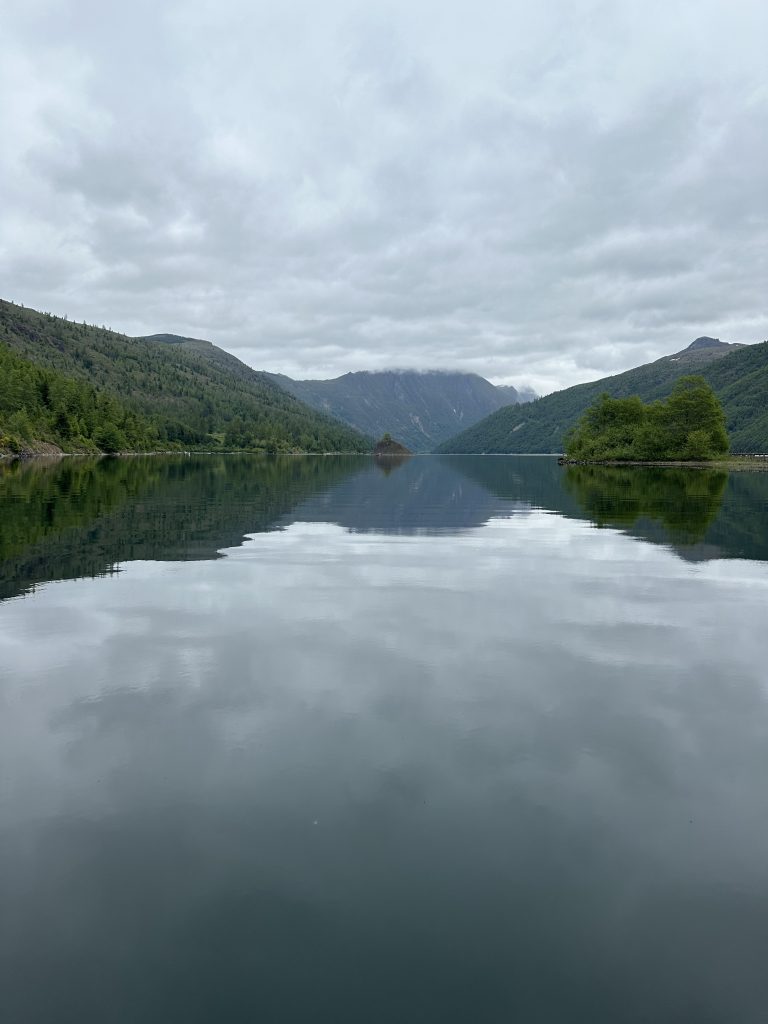In the heart of the Pacific Northwest, a colossal testament to nature’s power and resilience stands tall—Mount St. Helens. This iconic volcano, nestled within the stunning landscape of Washington State, holds a profound story of destruction, rebirth, and the remarkable ability of nature to heal itself.
On May 18, 1980, Mount St. Helens erupted with an unimaginable force, forever altering the surrounding terrain. The cataclysmic eruption unleashed a devastating blast, flattening miles of forest, melting glaciers, and spewing a colossal plume of ash into the sky. The impact was felt across the region, leaving behind a scar that would forever change the face of Mount St. Helens and its surrounding ecosystem. Visit Mount St Helens Visitor Center to learn more about the events that occurred leading up to the historic day in May.
Today, exploring the volcano and its surrounding area provides an awe-inspiring journey through time. The Mount St. Helens National Volcanic Monument offers a range of experiences, allowing visitors to witness the ongoing process of ecological recovery and appreciate the sheer power and beauty of this natural wonder.
One of the most remarkable aspects of Mount St. Helens is the regrowth and rebirth that has taken place since the eruption. As you venture into the blast zone, you’ll encounter a landscape in various stages of renewal. Witness the stark contrast between the areas where life has returned, with vibrant wildflowers and lush vegetation, and the desolate expanses where the force of the eruption still lingers.
The Johnston Ridge Observatory stands as a beacon of knowledge and understanding, offering panoramic views of the volcano and its surroundings. Here, you can learn about the science behind the eruption and the ongoing research conducted by scientists to unravel the mysteries of volcanic activity. The observatory provides a fascinating glimpse into the geological processes that have shaped Mount St. Helens and continue to shape the world around us. NOTE the Observatory is closed through 2023 due to a mudslide.
For the adventurous at heart, hiking the trails around Mount St. Helens is an experience like no other. The vast network of trails offers opportunities for both casual walks and challenging treks, catering to all skill levels. As you traverse the landscape, be prepared to be immersed in a stunning mosaic of changing scenery—ranging from serene alpine meadows to rugged lava fields. Each step taken on these trails is a testament to the resilience of nature and the power of renewal.

If you’re seeking a closer encounter with the volcano itself, consider embarking on a guided climbing expedition to the summit. Mount St. Helens presents a unique opportunity for climbers, allowing them to witness firsthand the raw, otherworldly beauty of its volcanic crater. Standing atop the summit is a humbling experience, reminding us of both the fragility and resilience of our planet.
Beyond its geological significance, Mount St. Helens holds cultural and historical importance for the surrounding communities and Native American tribes. Exploring the region offers glimpses into the rich heritage and the profound connections that humans have formed with this majestic mountain over generations.
In conclusion, Mount St. Helens is an extraordinary destination that captivates the imagination and instills a deep appreciation for the power and resilience of nature. As you traverse the trails, gaze upon the regrowth, and stand in awe of the volcano’s might, you’ll be reminded of the ever-changing dynamics of our planet and the profound impact it can have on our lives. So, embark on this unforgettable journey through time, and let Mount St. Helens leave an indelible mark on your soul.


